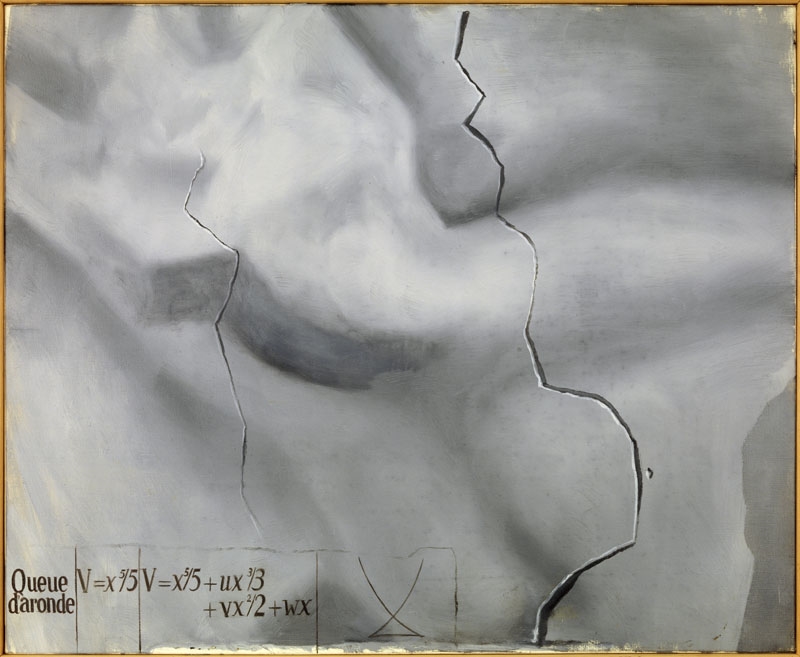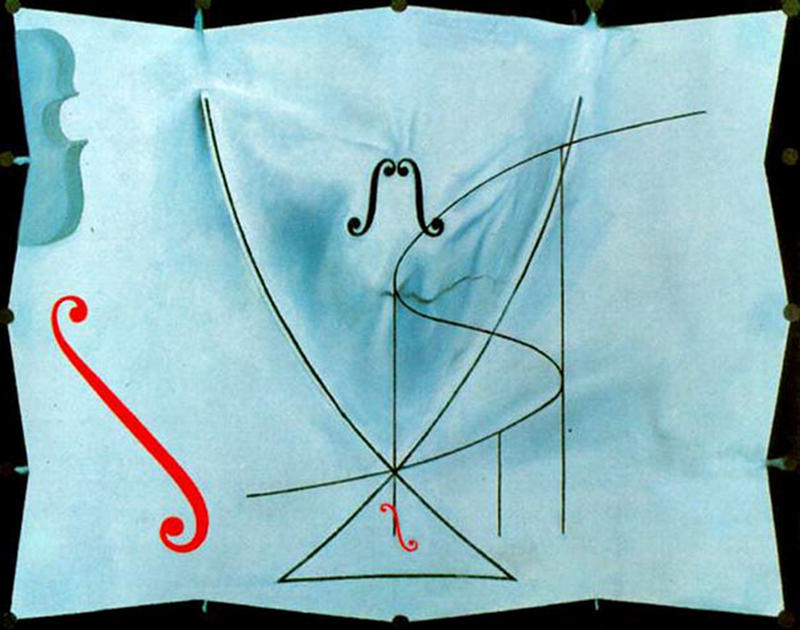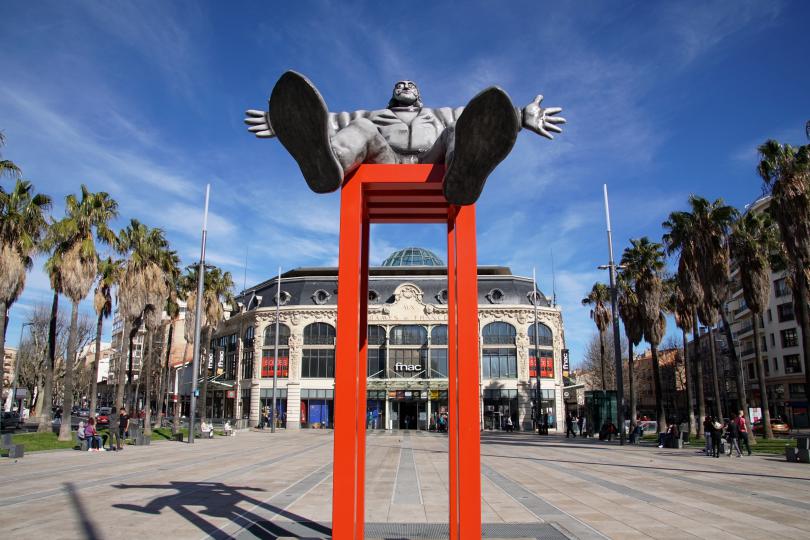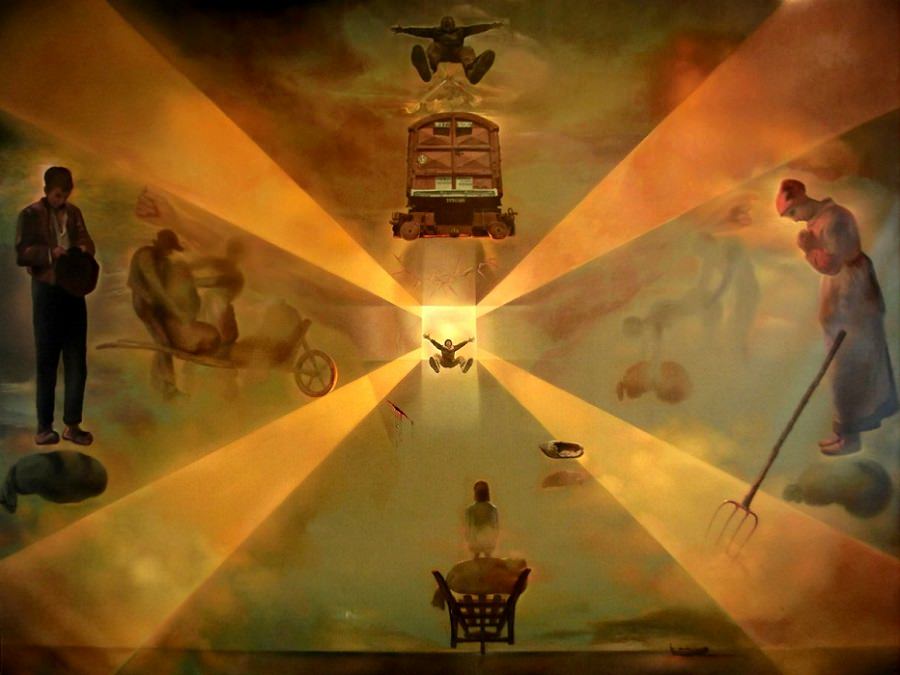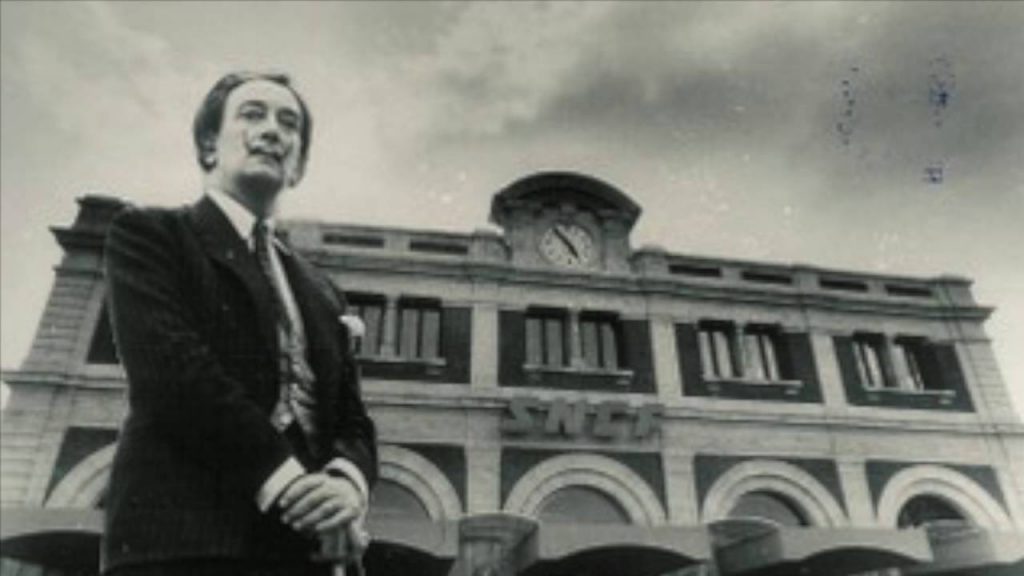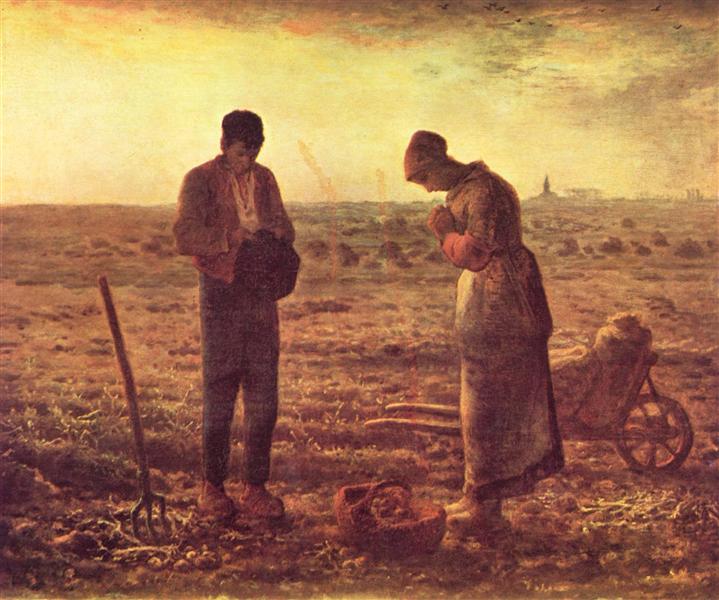The Jacobi theta function is defined as $$\theta(z, \tau) = \sum_{n \in \mathbb{Z} } e^{\pi i n^2 \tau + 2 \pi i n z}$$ and it transforms under $\theta(z+1, \tau) = \theta(z, \tau)$ and $\theta(z, -\frac{1}{\tau}) = (-i \tau)^{\frac{1}{2}} e^{\pi i z^2 \frac{1}{\tau}} \theta(z, \tau)$. Because it has a unique root $z = \frac{1}{2} (z+1)$ up to periodicity, using Weierstrass factorization theorem we can write it as: $$\theta(z, \tau) = \prod_{n=1}^{\infty} (1-q^n)(1+wq^{n-\frac{1}{2}})(1+\frac{1}{w} q^{n-\frac{1}{2}} ) $$ where $w=e^{2 \pi i z}$ and $q = e^{2 \pi i \tau}$. We often need the asymptotic behavior of $\theta(z, \tau)$ as $q \rightarrow 0$ or as $q \rightarrow 1$. The former can be read immediately from either forms above, but the latter is not manifest in either of them, because an infinite number of terms contribute. It can be obtained from the modular transformation $\tau \rightarrow -\frac{1}{\tau}$, which relates the two limits by $q \rightarrow e^{\frac{2 \pi^2}{lnq}}$.
We can also define theta functions with characteristics as follows:
$$\Theta^{a}_{b}(z, \tau) := e^{\pi i a^2 \tau + 2 \pi i a (z+b)} \theta(z + a\tau + b, \tau)$$ $$= \sum_{n \in \mathbb{Z}} e^{\pi i (n+a)^2 \tau + 2 \pi i (n+a)(z+b)}$$. Then, we further define:
$$\theta_{00}(z, \tau) := \Theta^{0}_{0}(z, \tau) = \sum_{n \in \mathbb{Z}} q^{\frac{n^2}{2}} $$
$$\theta_{01}(z, \tau) := \ \Theta^{0}_{\frac{1}{2}} (z, \tau) = \sum_{n \in \mathbb{Z}} (-1)^n q^{\frac{n^2}{2}} z^n $$
$$\theta_{10}(z, \tau) := \Theta^{\frac{1}{2}}_{0} (z, \tau) = \sum_{n \in \mathbb{Z}} q^{(n-\frac{1}{2})^2} z^{n-\frac{1}{2}} $$
$$\theta_{11}(z, \tau) := \Theta^{\frac{1}{2}}_{\frac{1}{2}} (z, \tau) = -i \sum_{n \in \mathbb{Z}} (-1)^n q^{(n-\frac{1}{2})^2} z^{n-\frac{1}{2}} $$
Then, we have the following infinite product representations, respectively:
$$ \theta_{00}(z, \tau) = \prod_{n=1}^{\infty} (1-q^n) (1 + w q^{(n-\frac{1}{2})})(1+\frac{1}{w} q^{n-\frac{1}{2}})$$
$$ \theta_{01}(z, \tau) = \prod_{n=1}^{\infty} (1-q^n) (1 – w q^{(n-\frac{1}{2})})(1-\frac{1}{w} q^{n-\frac{1}{2}})$$
$$ \theta_{10}(z, \tau) = 2 e^{\frac{1}{4} \pi i \tau} cos(\pi z) \prod_{n=1}^{\infty} (1-q^n) (1 + w q^{n})(1+\frac{1}{w} q^{n})$$
$$ \theta_{11}(z, \tau) = -2 e^{\frac{1}{4} \pi i \tau} sin(\pi z) \prod_{n=1}^{\infty} (1-q^n) (1 – w q^{n})(1-\frac{1}{w} q^{n})$$
Now, we have the following identity, which is unique of its type:
Theorem (Jacobi, 1829): $$\theta_{00}(0, \tau)^4 – \theta_{01}(0, \tau)^4 – \theta_{10}(0, \tau)^4 = 0$$
or in other words, that:
$$\prod_{n=1}^{\infty} (1 + q^{2n-1})^8 – \prod_{n=1}^{\infty} (1-q^{2n-1})^8 = 16q \prod_{n=1}^{\infty}(1+q^{2n})^8$$
This identity can be seen as a special case of Riemann-Mumford relations (namely R5) as found in Mumford’s Tata lectures. The mathematical interpretation comes from the triality of $Spin(8)$. Jacobi himself, not realizing any of its immediate implications of this identity he referred to it as “aequatio identica satis abstrusa” (a very obscure equation). Some 150 years later, string theory provided a natural explanation for it, namely that, it is the requirement of spacetime supersymmetry at 1-loop order in string perturbation theory. More specifically, this remarkable, non-trivial mathematical identity implies that the full superstring vacuum amplitude vanishes, which provides very strong evidence in favor of spacetime supersymmetry of string theory in $d=10$. As we will see below, it simply reflects the fact that the spacetime N-S sector bosons and R-sector fermions contribute the same way in equal numbers (but with opposite signs due to spin statistics). Indeed, there is a physical interpretation of it, using characters of $\mathcal{N}=1$ for $D_4=SO(8)$, appearing as the transverse part of oscillators in the $10$-dimensional Lorentz group $SO(9, 1)$ under the RNS formalism and the GSO projection.
Another strong mathematical motivation that fundamental, high-energy physics exhibits supersymmetry is Deligne’s theorem on Tannakian reconstruction of tensor categories, when combined with Wigner’s classification of fundamental particles as irreducible, unitary representations of the Poincaré group. Indeed, this theorem is much more intuitive than the usual theorems that are being usually referred as motivation, namely Coleman-Mandula theorem and Haag-Lopuszanski-Sohnius theorem. Recall that, under Klein geometry (or under Cartan geometry if we talk about global spacetime models) the spacetime symmetry groups should be seen as more fundamental than spacetime itself. It is fun to observe that his “sub-exponential growth condition” is obvious under physical grounds. Deligne’s theorem does not state that spacetime symmetry groups need to have odd-supergraded components (they don’t).
What it does say though, is that the largest possible class of those groups that are sensible as local spacetime symmetry groups is precisely the class of algebraic super-groups. Or in other words, the class of algebraic super-groups precisely exhausts the moduli space of possible consistent local spacetime symmetry groups. This does not prove that fundamentally, local spacetime symmetry is a non-trivial supersymmetry. But it means that it is well motivated, at least mathematically, to expect that it might be one.

